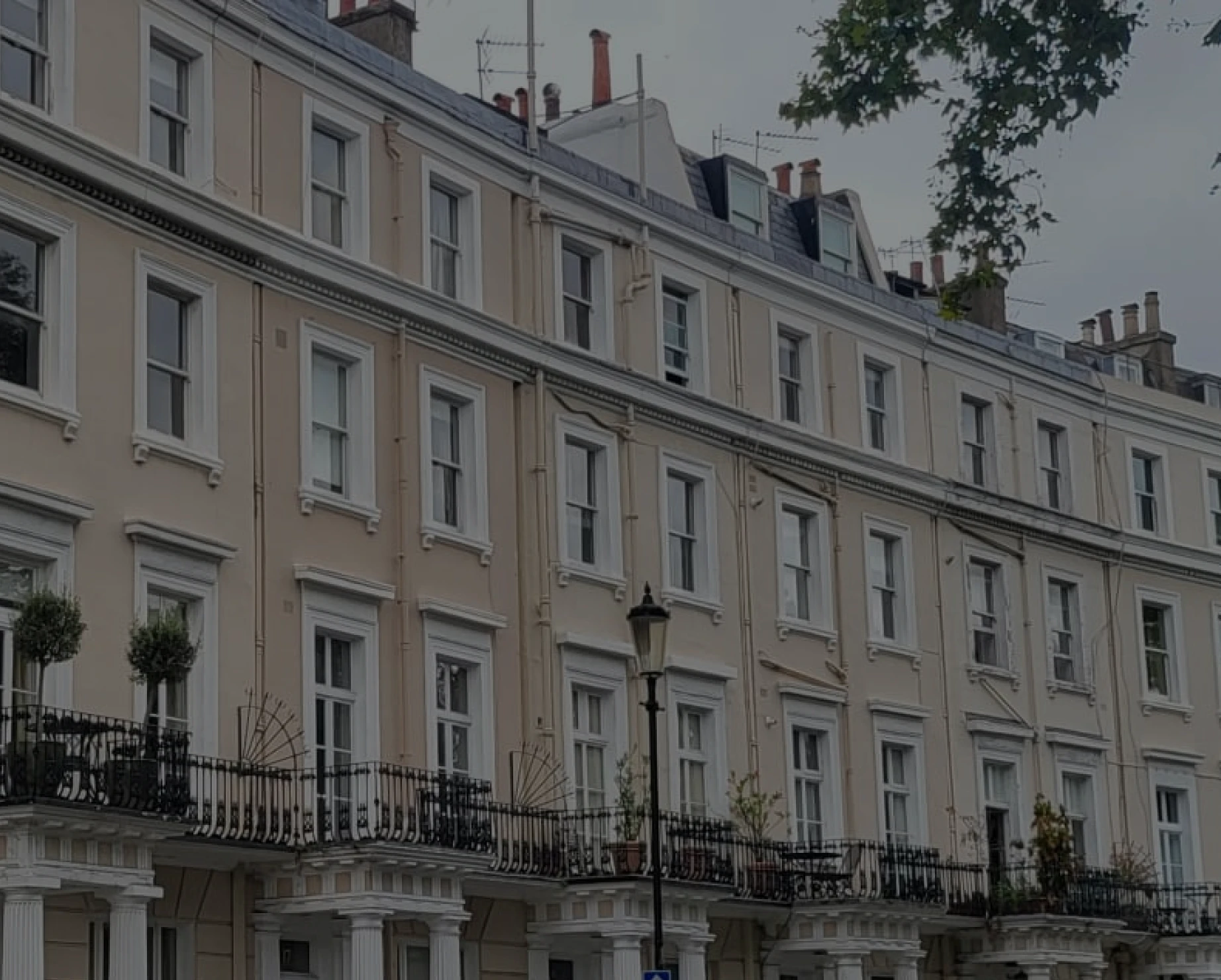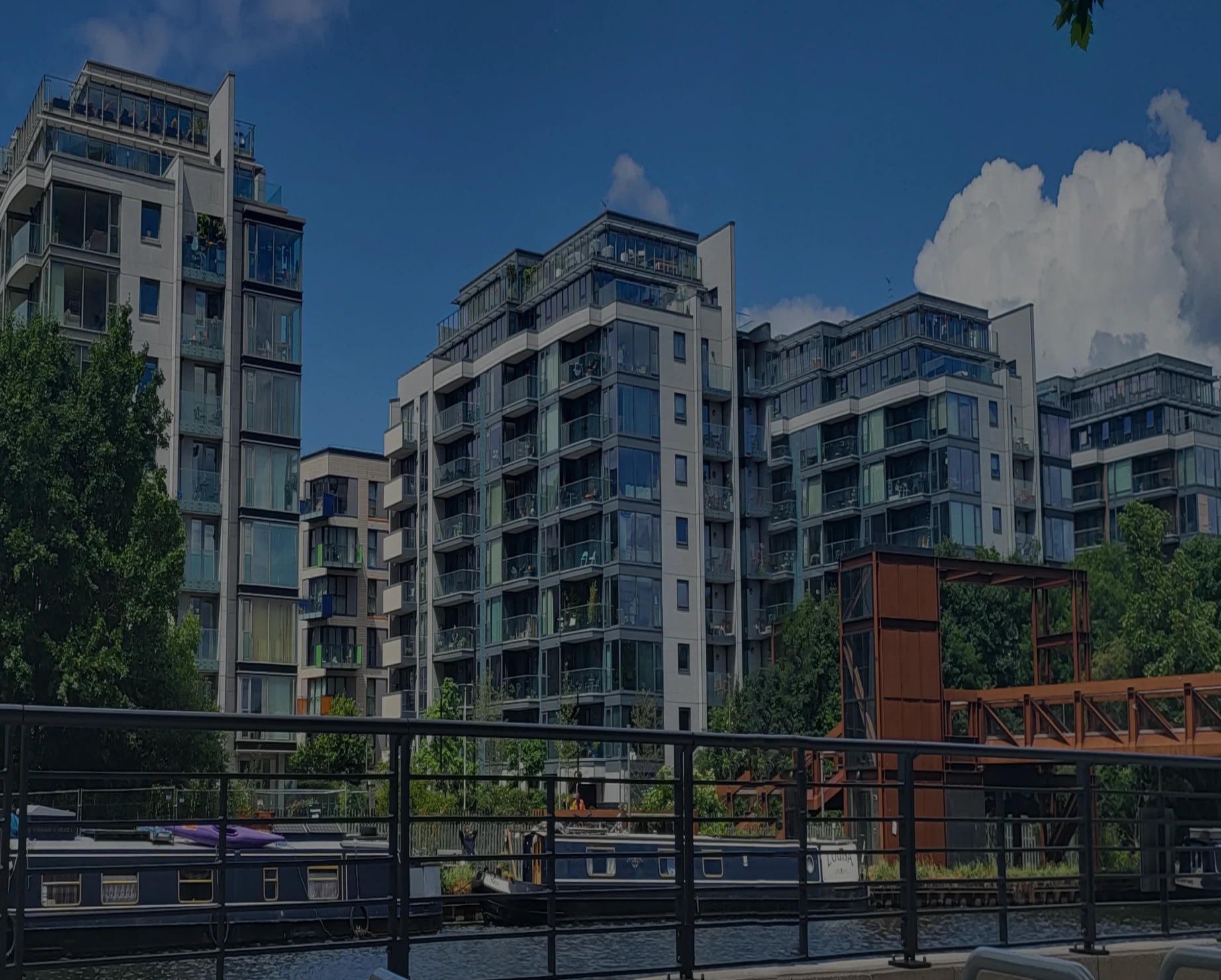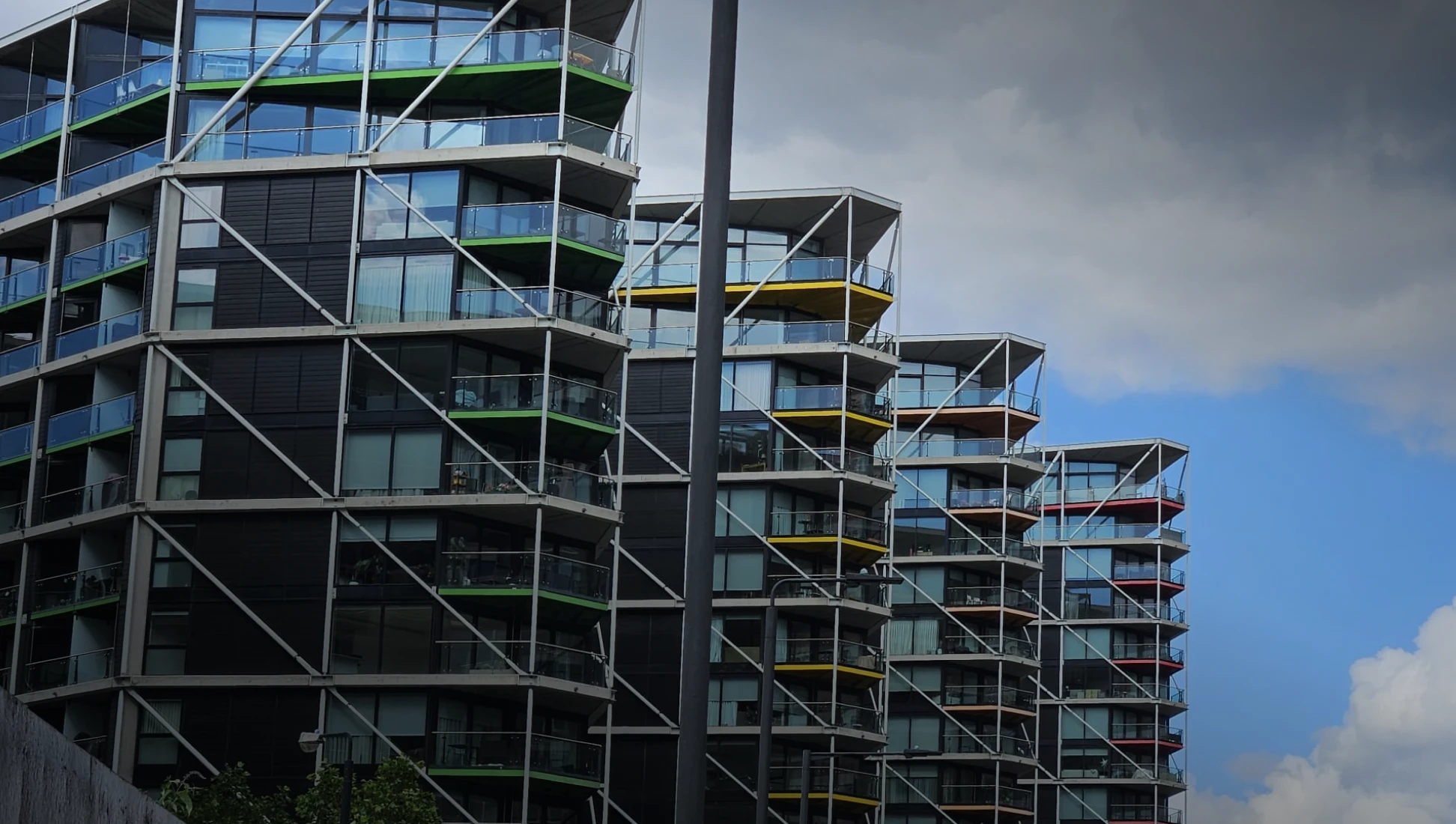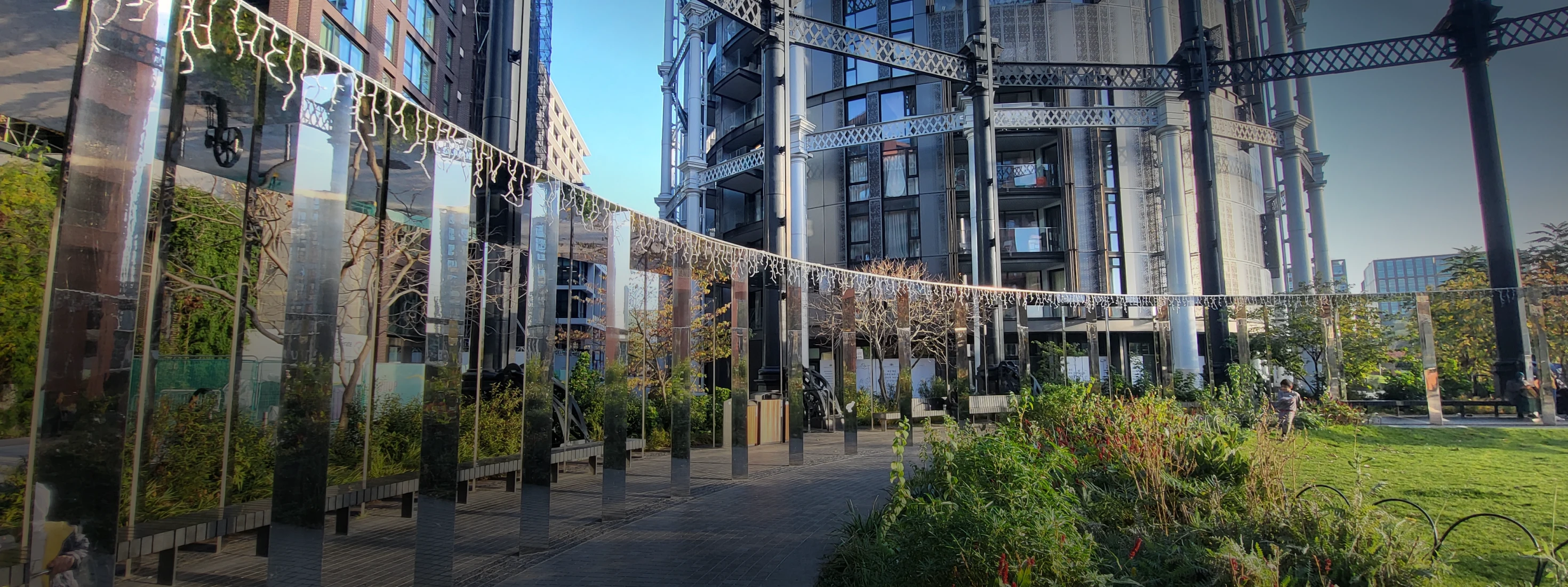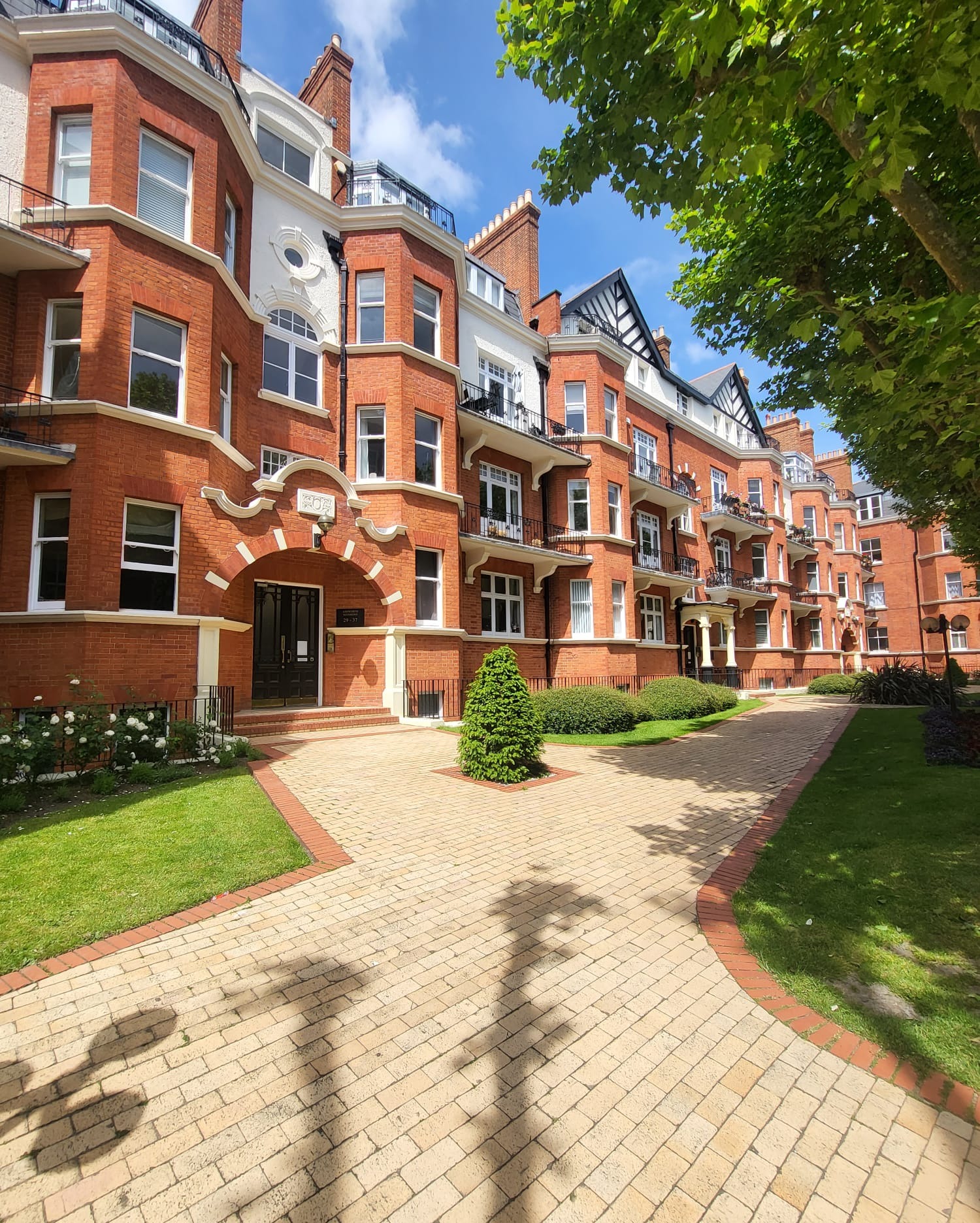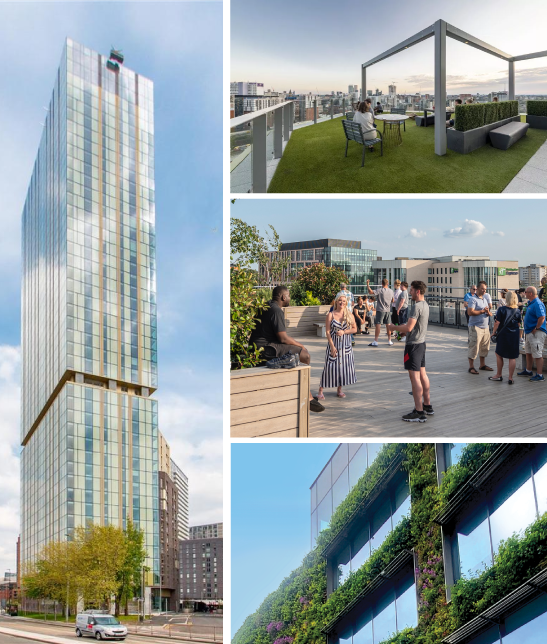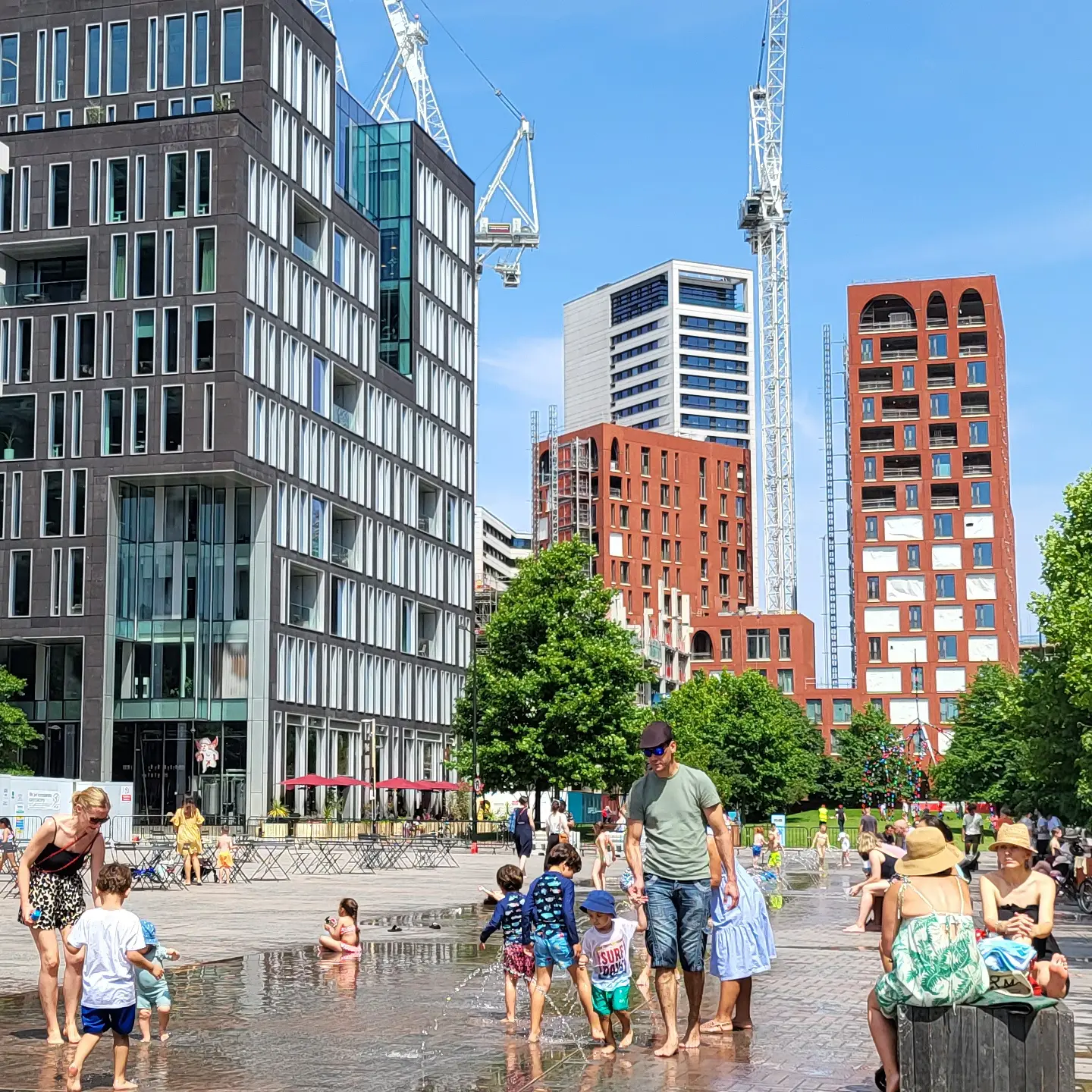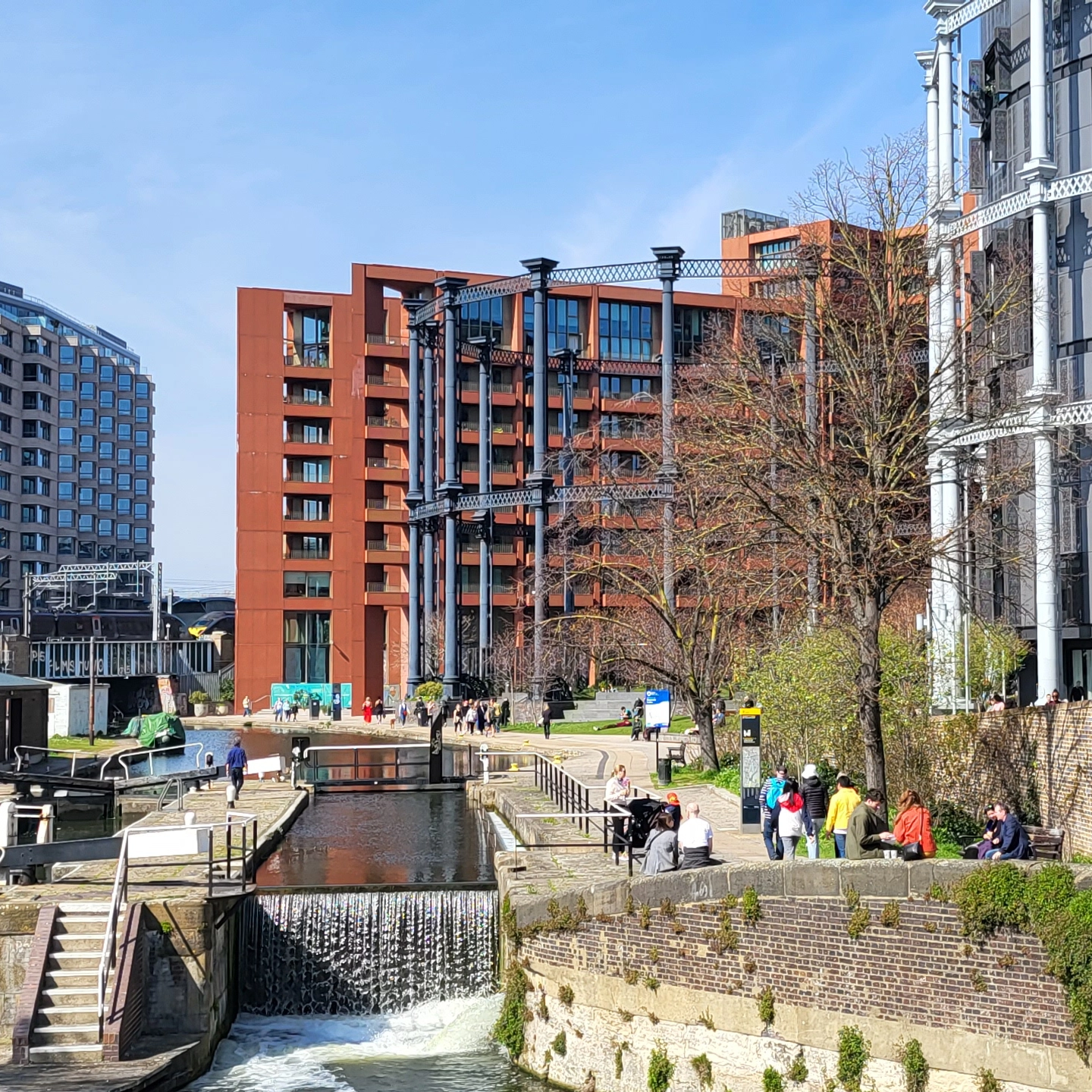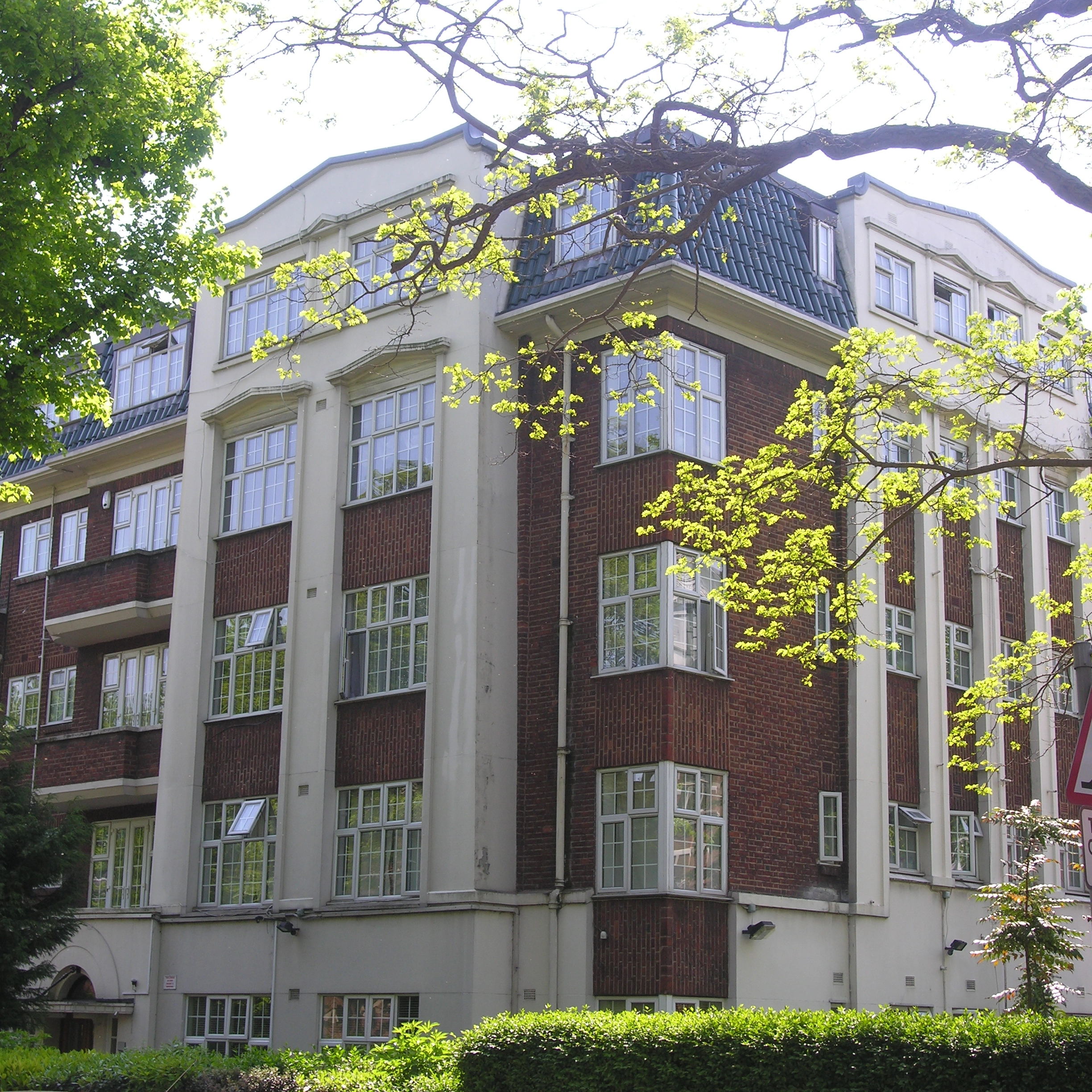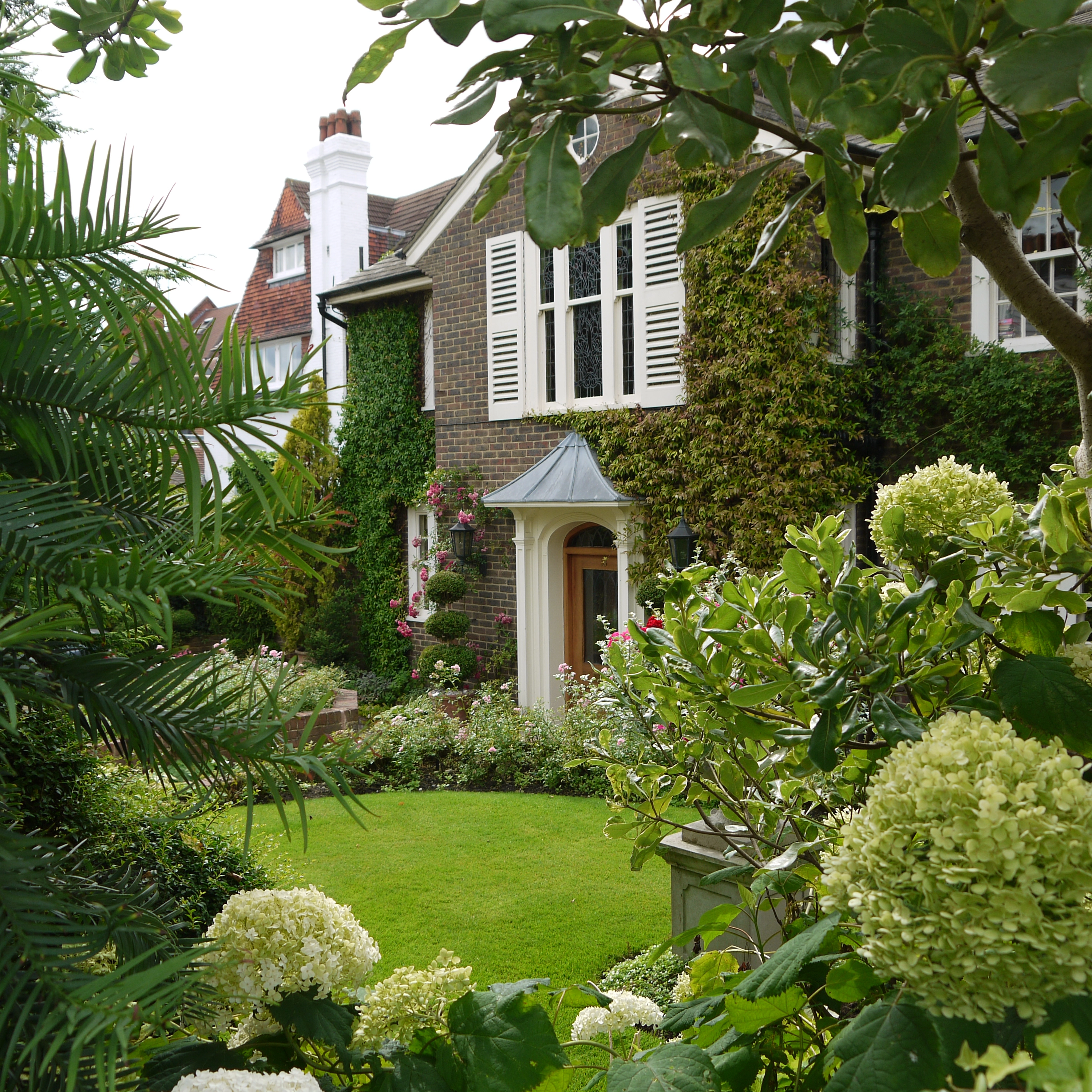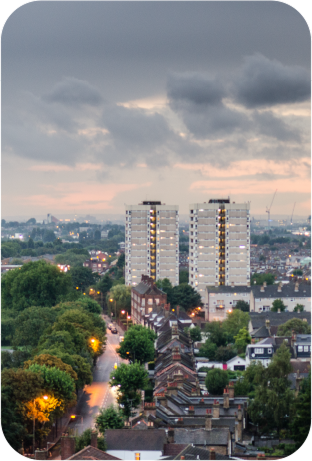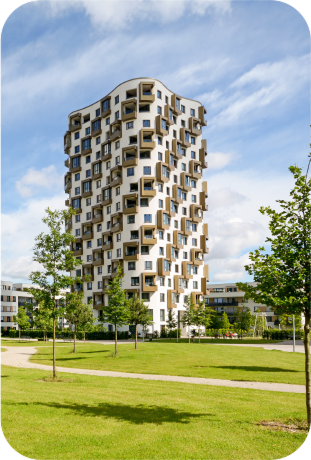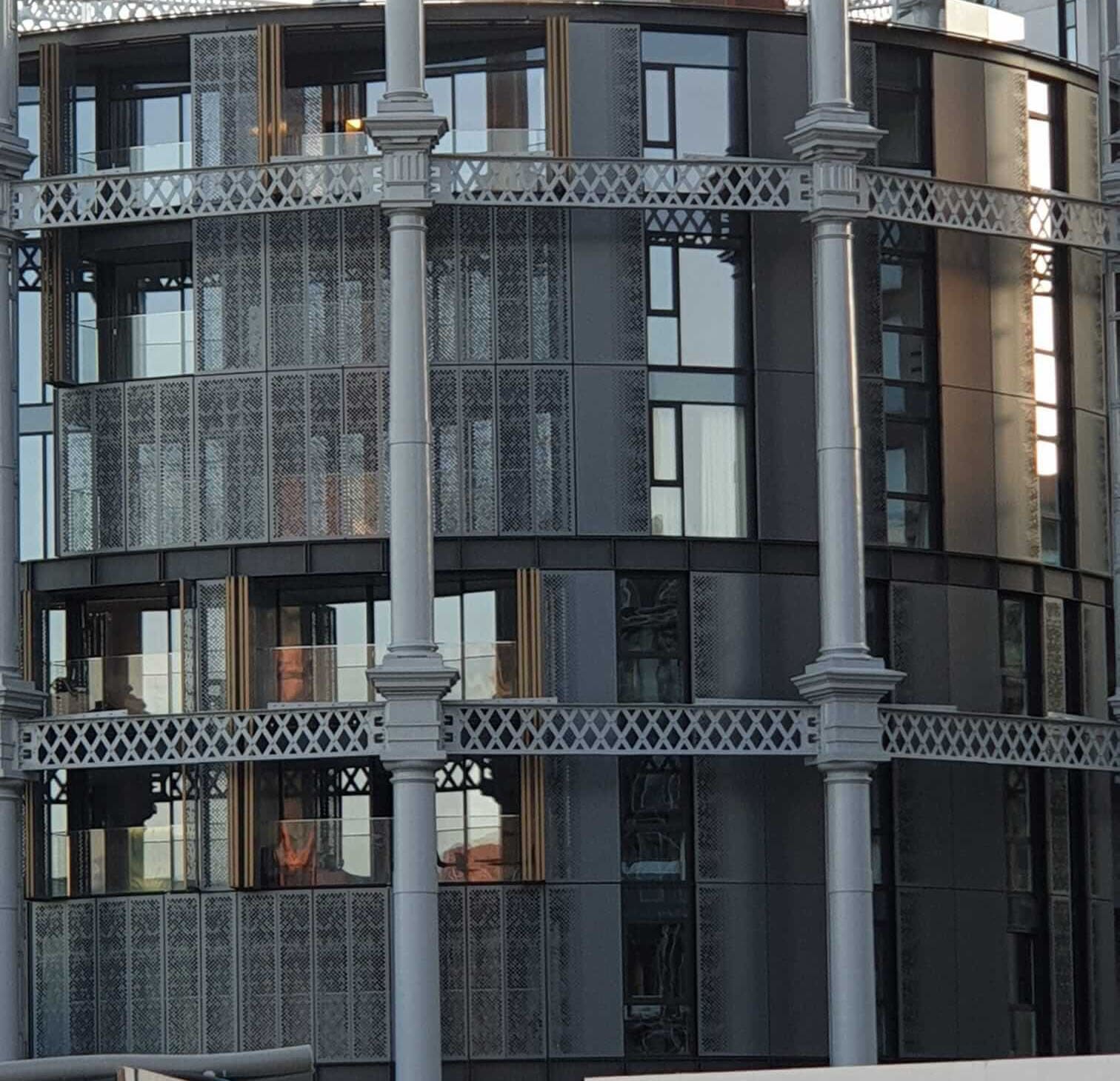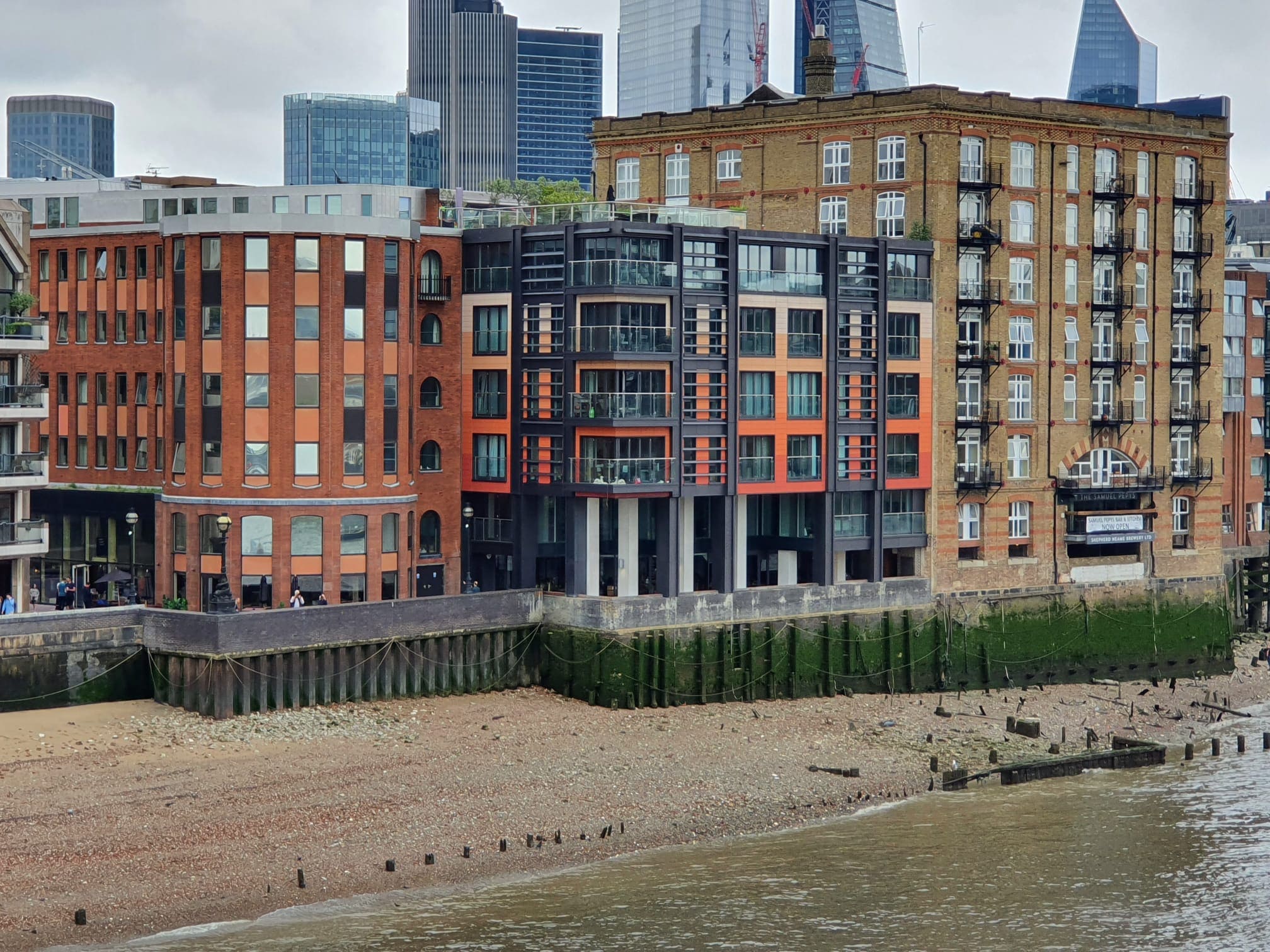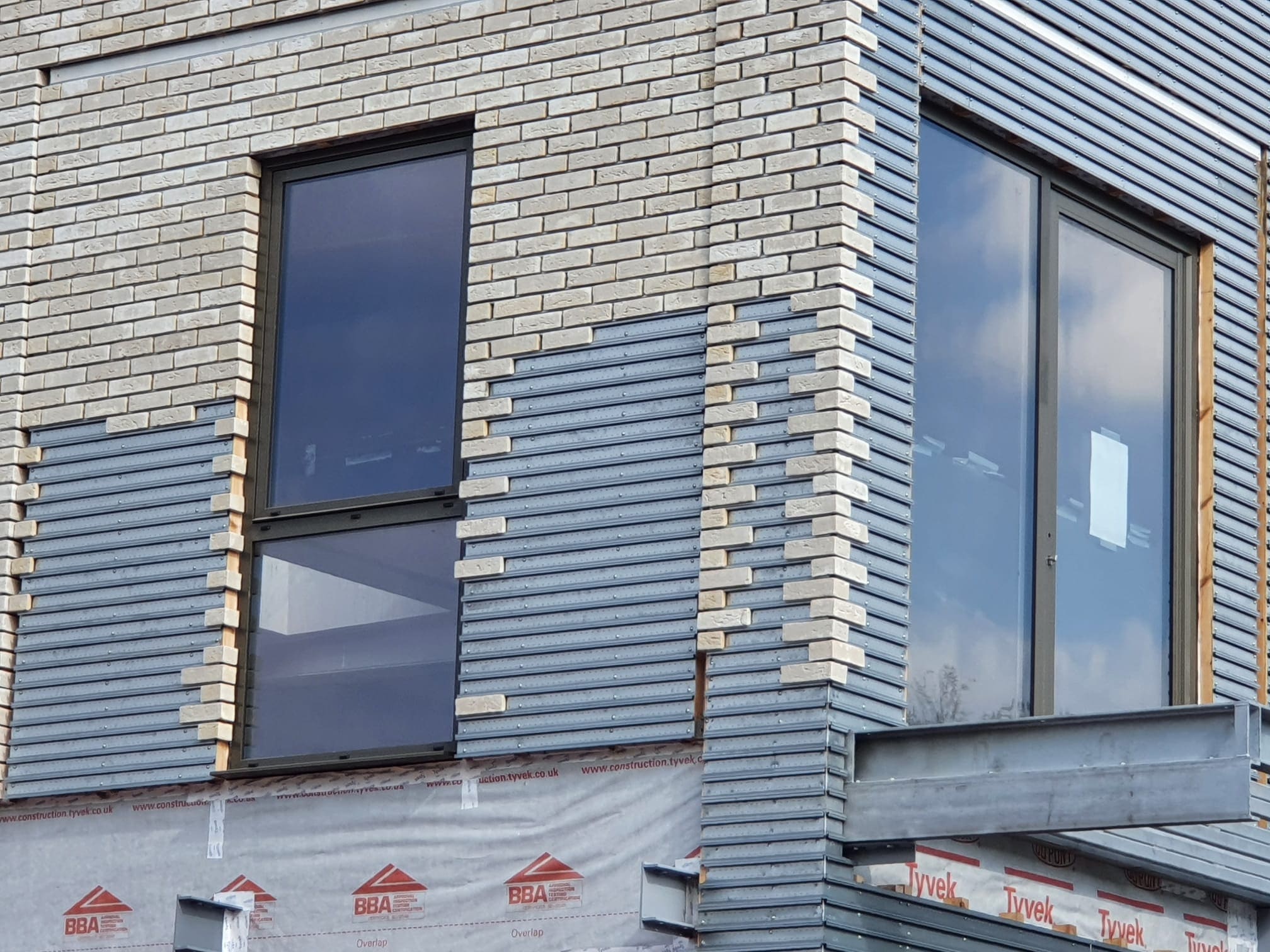Sydenham, located in South East London, is known for its friendly community vibe and a diverse food scene that reflects its multicultural roots. From cosy cafés to vibrant restaurants, Sydenham offers a wide range of dining options to suit all tastes. Here are some of the best places to eat in Sydenham:
The Sydenham Centre Café – A welcoming community café serving homemade cakes, light bites, and excellent coffee in a friendly atmosphere.
Sydenham Social – A lively gastropub offering a menu of modern British dishes, craft beers, and cocktails, perfect for social gatherings.
Apres Diem – A cosy spot specialising in Italian-inspired brunches, fresh pastries, and rich coffee.
The Coqfighter – Known for its delicious rotisserie chicken, this casual eatery offers tasty sides and quick service.
Sydenham Arts Café – A quirky café with an artistic vibe, serving vegan and vegetarian dishes alongside excellent coffee and cakes.
The Golden Guinea – A classic British pub with a great selection of ales and a menu featuring hearty pub favourites.
Masalati – An Indian restaurant serving authentic curries, biryanis, and tandoori dishes in a warm and inviting setting.
Zaza’s – A family-run Mediterranean restaurant offering fresh seafood, grilled meats, and vegetarian options.
Pâtisserie Valerie – A stylish bakery and café known for its elegant cakes, pastries, and afternoon teas.
The Rocks Café – A small café offering breakfast, brunch, and light lunches with a focus on fresh, quality ingredients.
Wildernesse – A modern European restaurant known for its seasonal menus and relaxed yet refined dining experience.
Sydenham’s food scene is a vibrant mix of traditional British fare and global flavours, making it a great destination for food lovers seeking variety and quality in a friendly neighbourhood setting.
Visit our main Pages
Ringley Group
Block management
Asset Management
Leasehold Guidance
Ringley Law






